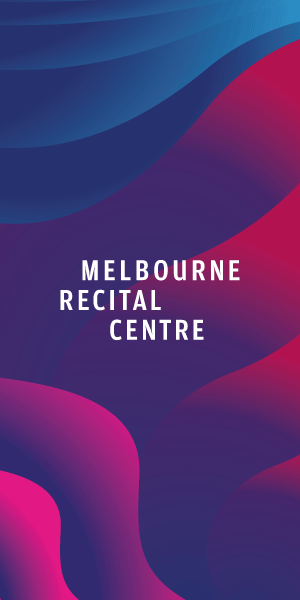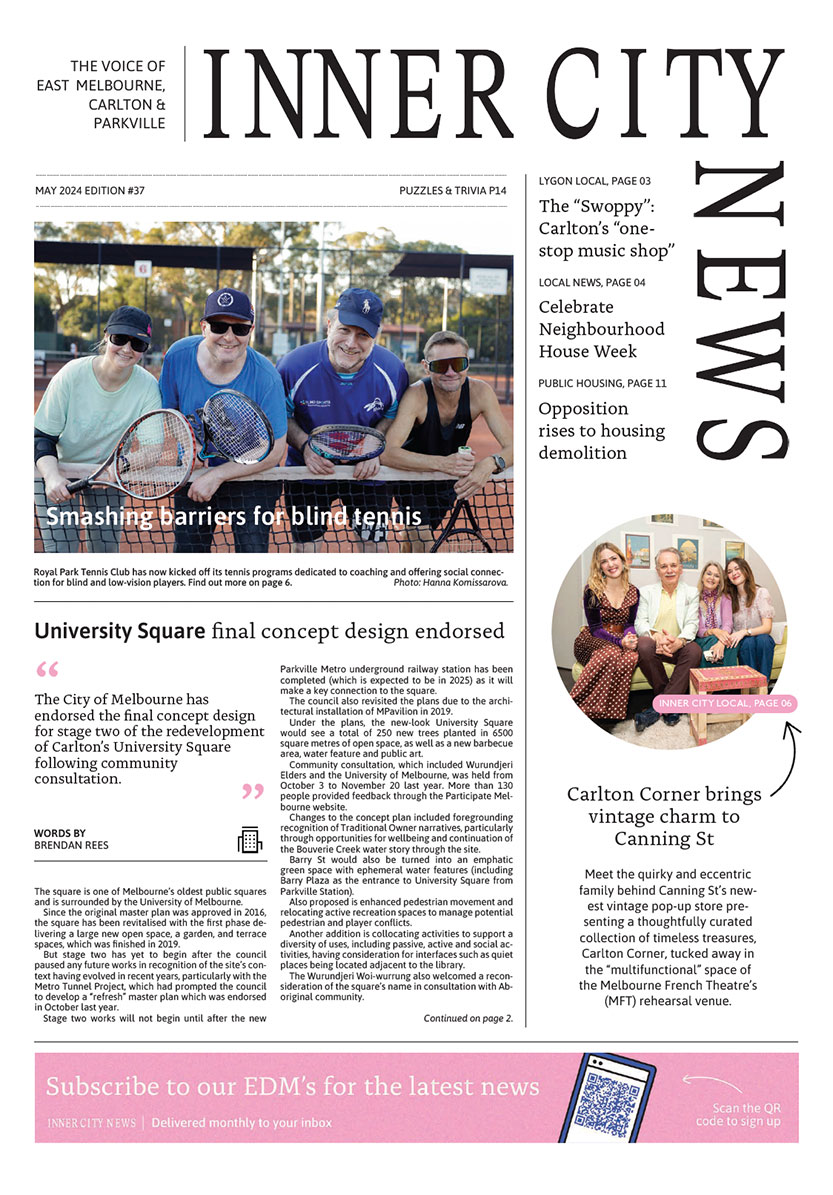Who do we think we are?
In 2018 East Melbourne was nominated as Melbourne’s wealthiest suburb according to a report run by The Age.
The basis of this was largely due to property prices, yet more than half of our residencies remain rented, many modestly. The established owner-occupiers may find themselves approaching retirement asset rich, but cash poor. To people who don’t live within the suburb, East Melbourne is touted as being full of conservative, white, wealthy, elderly people, but is this really the case?
I discussed the suburb’s origins with the East Melbourne Historical Society’s president Tim Holland, who commented that the tiny suburb of East Melbourne has seen big shifts in demographics and in the built environment since European settlement in the 1830s. In the 1880s the streets of East Melbourne achieved worldwide exposure in the pages of what was said to be the world’s biggest selling crime novel of the 19th century, Fergus Hume’s The Mystery of a Hansom Cab.
Grand homes within walking distance of the city became run-down and raffish, and the rooming house came into its own, as mansions were reconfigured into apartments, flats and boarding houses. This pattern covered a wide range of accommodation classes. At the top end was the more genteel type, such as the 1911 adaption of the Clarke family’s 19th century Cliveden mansion into 48 luxury serviced apartments with shared catering, cleaning, and other servant facilities.
Other buildings went down to rooming houses, such as Queen Bess Row, housing large numbers of impecunious residents, often sharing bedrooms. Sadly, Cliveden’s plush style of accommodation fell out of vogue post WWII, and was allowed to fall into a state of steady decline and neglect, until its dilapidated abandoned shell was demolished in 1968 to make way for the Hilton (now Pulman) hotel.
The destruction of outdated, yet architecturally significant buildings from the 19th century, continued though the 1970s, sparking the construction of rudimentary brick-box apartment buildings. The cyclical nature of real-estate continued, as rooming houses were converted back to homes for single families.
For example, Queen Bess Row accommodated a 50-room low-cost boarding house prior to its sale and restoration in 1989. It now reflects its 1880s configuration of just three townhouses, with currently only six residents. A more recent example is the 2018 demolition of the George Powlett guest apartments, which had provided affordable temporary and crisis accommodation for the DHHS and regional travellers. The site now houses just 12 luxury apartments.
The 2016 Census revealed that East Melbourne’s median age is 38 years old (same as the state and national average). One quarter of our residents are aged 25 to 34, suggesting our median is not influenced by the young averaging out the elderly. In fact, there is a notable absence of school-age children; here we fall to less than half the national average. So, although it may have a reputation for being full of conservative wealthy elders, East Melbourne actually continues its tradition of housing a socio-economic and age-diverse adult community.
We are an academically clever bunch, with over 50 per cent of residents being professionals and with a bachelor degree or above (well above the national average of 22 per cent). Our education level and choice to live close to the State capital, fuels our progressive and inclusive attitudes. We thrive on the culture and vibrancy of city life, frequenting the gardens, restaurants, concerts and exhibitions that are at our doorstep. Our style of accommodation also suggests a rejection of the Australian dream of a suburban existence.
The East Melbourne Group strives to remain relevant and represent the contemporary views of this informed community. We have been often tainted with the same brush of misconception; of old fuddy-duddies and uphold that “one fact can wipe away countless assumptions”. The current EMG committee members’ age, gender and wealth ranges, reflect the balance of our suburb. We look to challenge old norms, embrace cosmopolitan attitudes, and seek greater community participation in our decision making and social offerings.
It is our priority to represent all East Melbourne residents in pursuing the preservation and protection of our built environment and the strengthening of our community. We urge new members to voice their priorities for East Melbourne’s heritage and amenity and encourage all East Melburnians to engage with their residents’ group, just as those before them have since 1953 •
For more information visit, emg.org.au/why-join-emg/

Treasured First Nations artwork presented to the University of Melbourne






 Download the Latest Edition
Download the Latest Edition